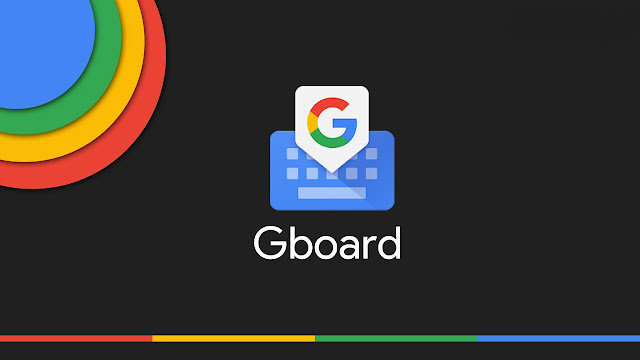Gboard, Google's popular keyboard app for Android devices, has always been at the forefront of innovation in the world of mobile typing. From its predictive text suggestions to GIF search and emoji suggestions, Gboard has consistently strived to make typing on mobile devices faster and more convenient. Now, there are exciting rumors that Gboard on Android may soon receive support for an Image Text-to-Image Generator, which could revolutionize the way we communicate through images. In this blog post, we'll explore what this feature could mean for Android users and how it might work.
The Power of Image Text-to-Image Generation
Image Text-to-Image Generation (IT2IG) is a technology that leverages artificial intelligence (AI) and machine learning (ML) to convert textual descriptions into visual representations. This technology has significant potential applications in various fields, including communication, accessibility, and creative expression. Google's implementation of IT2IG within Gboard could open up a world of possibilities for Android users.
Here are some potential benefits and use cases of IT2IG in Gboard:
Enhanced Communication: Imagine being able to describe an idea or emotion in words, and Gboard instantly generates a relevant image or visual representation to convey that message. This feature could make text-based conversations richer and more expressive.
Accessibility: IT2IG could be a game-changer for individuals with visual impairments. They could use Gboard to describe images or scenes, and the keyboard could provide them with tactile descriptions or generate images based on their inputs, improving their overall smartphone experience.
Creative Expression: For those who enjoy creating custom emojis, stickers, or artwork, IT2IG in Gboard could provide a quick and easy way to translate their ideas into visuals, fostering creativity and personalization.
How IT2IG Could Work in Gboard
While the exact implementation of IT2IG in Gboard remains speculative, we can make some educated guesses based on existing AI and ML technologies. Here's a simplified overview of how it might work:
Text Input: Users start by typing a description or phrase in the Gboard text input field. For example, "a happy cat with a rainbow."
AI Analysis: Gboard's AI engine then analyzes the text input, recognizing keywords and context. In our example, it identifies "happy cat" and "rainbow."
Image Generation: The AI generates or retrieves images that match the keywords and context. It could source images from a vast database or generate simple illustrations. In this case, it might find or create an image of a smiling cat beneath a rainbow.
Image Insertion: Gboard presents the user with the generated image as a suggestion, which they can choose to insert into their conversation or message.
User Control: Users could have some level of control over the generated image, such as adjusting its style, colors, or other attributes to better match their intent.
The potential addition of Image Text-to-Image Generation in Gboard for Android represents an exciting step forward in the evolution of mobile communication. This feature could empower users to express themselves more vividly, improve accessibility for individuals with visual impairments, and stimulate creativity. While we eagerly await the official release and details from Google, it's clear that Gboard continues to push the boundaries of what a keyboard app can do, making typing on Android devices even more enjoyable and versatile. Keep an eye out for updates on this promising development, and get ready to add a splash of visual creativity to your Android conversations!

Comments
Post a Comment